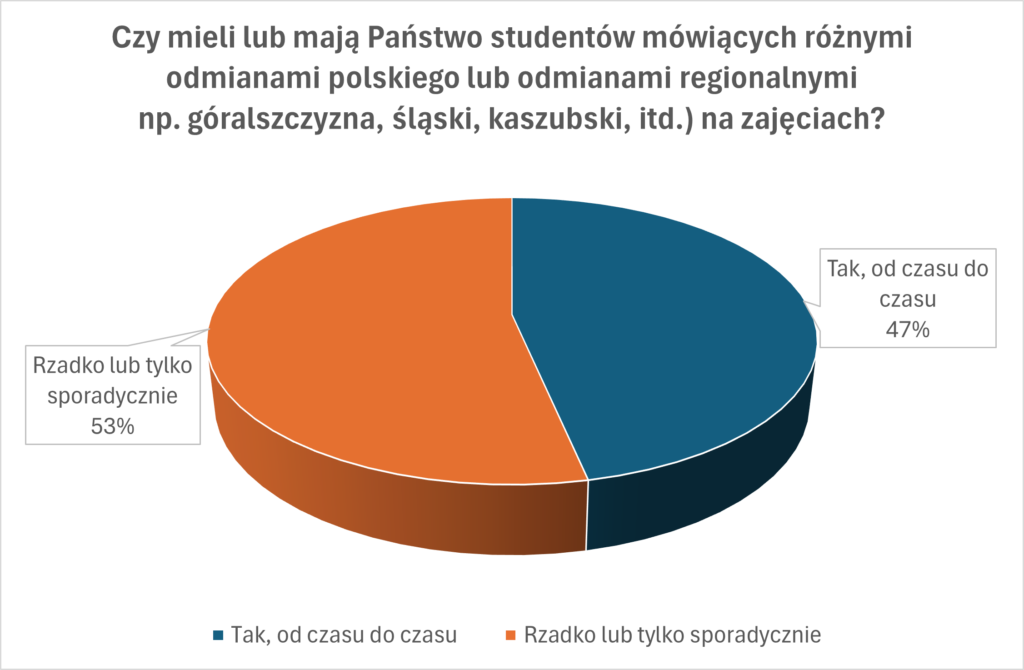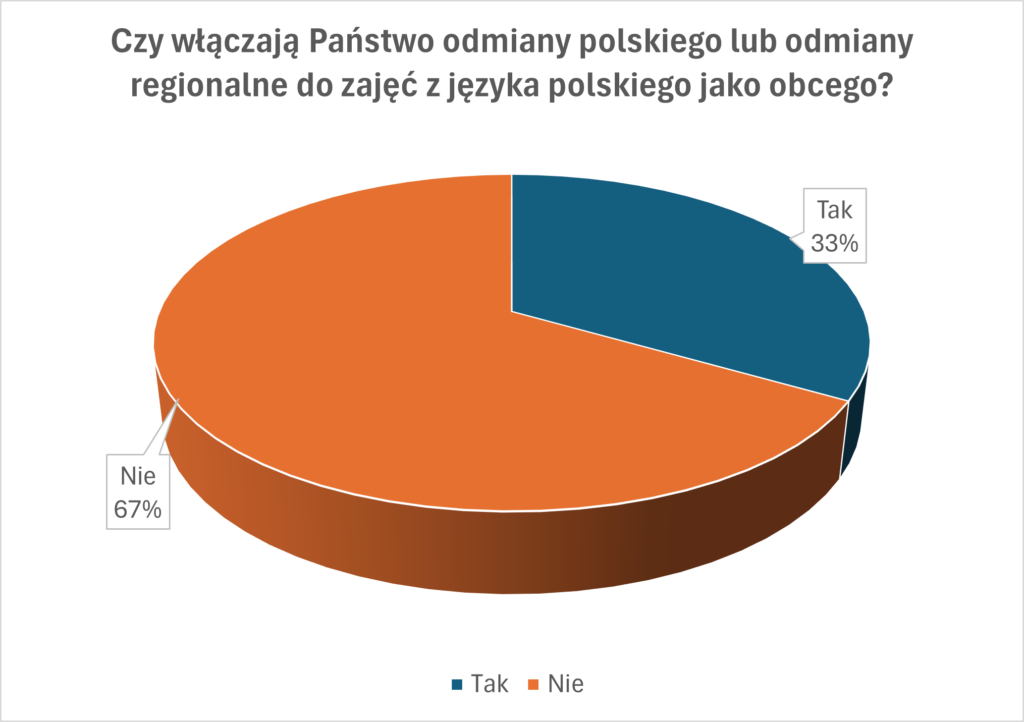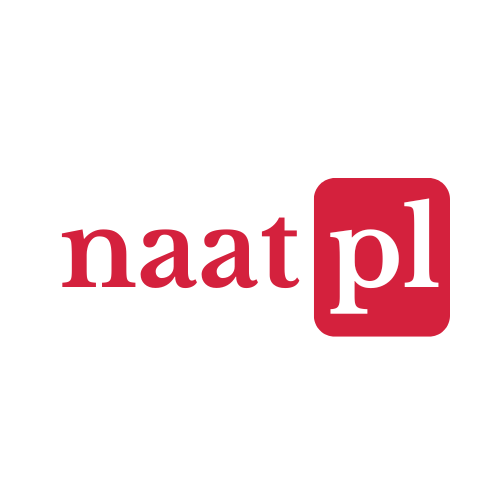The North American Association of Teachers of Polish is pleased to announce the results of a survey on the incorporation and use of regional varieties in the Polish as a foreign language (PFL) classroom. The survey indicates that while students who use nonstandard or regional varieties are common in Polish courses, teaching materials that present these varieties are not frequent.
The survey was conducted during the NAATPl Spring 2025 event on nonstandard and regional varieties in the Polish language classroom, which featured short presentations followed by an open discussion. In the survey, Polish instructors were asked about the frequency with which they teach students who use nonstandard or regional varieties, as well as the use of these varieties in their classrooms.

According to the survey, roughly half of Polish instructors at North American colleges and institutions have encountered students who use nonstandard or regional varieties in their classrooms. Overall, 47% of respondents indicated that they work with such students “from time to time,” while the remaining 53% suggested only sporadic contact, selecting the “rarely or sporadically only” option.

Another question in the survey asked about the use or incorporation of nonstandard and regional varieties in the PFL classroom. One-third of the respondents answered “yes” when asked: Do you incorporate varieties of Polish or regional varieties into your Polish as a foreign language classes? The remaining two-thirds responded negatively.
When asked about the extent to which nonstandard or regional materials are used by those who answered “yes,” instructors indicated a preference for two modalities: individual phrases and expressions, and individual words or their regional variants. Another possible option in the survey, “full texts and/or their translations,” was not selected by any respondent.
The survey was conducted online on March 7, 2025, and during the following weeks among members and affiliates of the The North American Association of Teachers of Polish. All answers (N = 15) were submitted anonymously.

